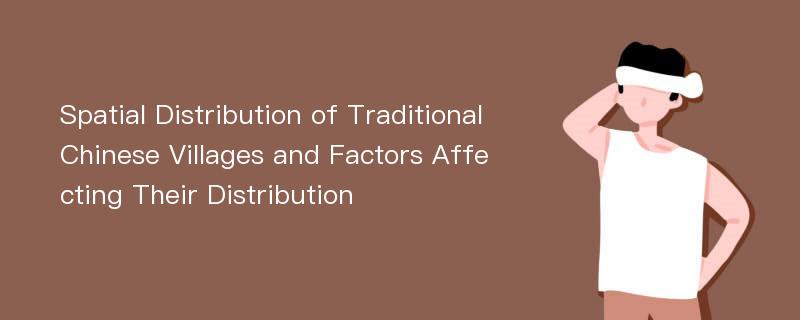
论文摘要
Traditional Chinese villages are precious historical and cultural heritage and special tourist attractions. This study took 646 traditional villages that announced by the government in 2012 as an example to analyze the spatial structure of the traditional villages in China by means of GIS spatial analysis tools and quantitative analysis methods, namely the nearest distance index, geographic concentration index, Gini coefficient and Lorenz curve. The results showed that:(1) in terms of the spatial distribution density, the average density of traditional villages in 29 provinces(cities, districts) was 0.70/10,000 km~2, showing a large provincial gap;(2) as for the type of spatial distribution, there was a cluster distribution; and(3) on the balance of spatial distribution, there were many differences between the east and west, and the distribution was extremely uneven. Based on the above, this study explored the reasons for the uneven spatial distribution, including the natural environment, population migration, the level of traffic accessibility, the degree of government attention, and the level of economic development.
论文目录
文章来源
类型: 期刊论文
作者: WENG Lisheng
来源: Journal of Landscape Research 2019年01期
年度: 2019
分类: 工程科技Ⅱ辑,农业科技
专业: 建筑科学与工程
单位: School of Geography and Planning, Center for Tourism Planning and Research, Sun Yat-sen University
分类号: TU984.13
DOI: 10.16785/j.issn1943-989x.2019.1.007
页码: 29-37+45
总页数: 10
文件大小: 2312K
下载量: 77
